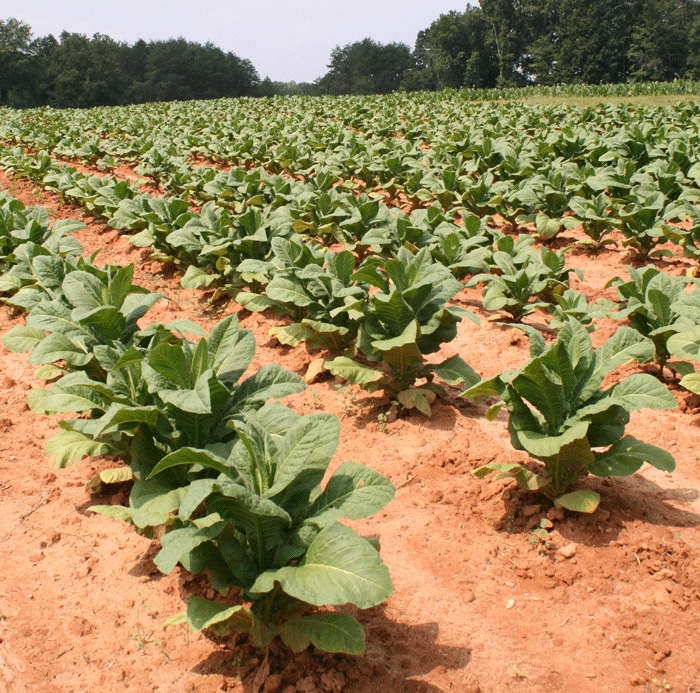August 11, 2011

The upcoming tobacco marketing season presents growers with just the kind of marketing problem that no grower wants to face: Large competing foreign inventories, many of them very low-priced.
But there may be a way to get around the problem if you take steps to produce high quality leaf. That is certainly what buyers are going to be looking for.
“The world is awash in flue-cured, but it is poor-quality flue-cured,” said Blake Brown, North Carolina Extension economist, at the U.S. Tobacco Forum in June. “The world is certainly not awash in high-quality flue-cured.”
The situation is similar for burley. “While there is an ample supply of burley, high quality stocks are in tight supply,” Will Snell, Kentucky Extension agricultural economist, pointed out at the Forum.
Three factors — the quality problem for 2010 U.S. burley, the uncertainty caused by the threat of flavoring regulations and uncertain exchange rates — all contributed to the relatively poor outlook for the tobacco market this year.
But economists generally predict the best prices will go to the growers who have adopted practices that improve both quality and efficiency, whatever they might be.
Grower experience
Bill Corbin of Springfield, Tenn., had to make some changes in his tobacco facilities to get into compliance with some new requirements from his contracting company. There was some expense, but he thinks he will benefit from making these changes.
“For instance, if you have a break room, it has to be isolated from the area where tobacco itself is handled,” he said. “I already had an area in it with a refrigerator, sink, break table and a microwave. So all I had to do was build a wall and a door to isolate the area.”
He thinks the net effect of this and other requirements will be positive. “I can’t say that this is anything I really wanted to do, but it turned out to be a good move on my part,” he said. “A lot of these things can easily cause contamination to tobacco. This is a win-win situation.”
Corbin grows burley and dark air-cured and fire-cured tobacco.
A new sprayer hood that straddles existing three-nozzle sprayers has helped Greg Manning of Nashville, N.C., apply sucker control chemicals with more precision and fewer undesirable residues. It creates a ‘drench’ effect and results in more product coming in contact with the leaf axils and stalk.
"We covered more acres faster with the solution we had, and we got good sucker control," said Manning.
It allows growers to cut back on their chemical rate by 20 percent or to go through the field faster using the same rate, said Dale Strickland, vice-president of the manufacturer, Strickland Bros. Enterprises of Spring Hope, N.C.
“And with the hood you can spray in more of a breeze than you could with a conventional spray program.”
If you use the spray hood right, you should be able to reduce the amount of maleic hydrazide (MH) residues, he said. But so far, most of the demand for the sprayer hood has come from farmers following an MH-free sucker control program.
For more information, go to www.stricklandbros.com on the Internet or call Strickland Bros. at (252) 478-3058.
A conversion from Orthene to Coragen as a transplant water application improved budworm control and quality for George Marks of Clarksville, Tenn.
“It just works better,” he said in mid-June. “We have had good luck with it this year and haven’t had to spray with anything else yet. If we were still using Orthene we would expect to make more sprays. As it is, I haven’t seen a single budworm so far.”
He uses it on both his burley and dark tobacco, as does Bill Corbin of Springfield, Tenn., who said at the end of July that insect control in his area was well above average. Insect damage can have a negative impact on tobacco quality, but that isn’t likely this season, he said.
Entomologists warn that there is a concern that resistance might develop among budworms to Coragen. So if you use Coragen in the transplant water, donot apply Belt or Coragen as the first foliar treatment following transplanting, said Hannah Burrack, North Carolina Extension entomologist. Tracer or Blackhawk, Denim, Orthene and methomyl would all be better choices.
“You want a material with a different mode of action,” she said.
You May Also Like




